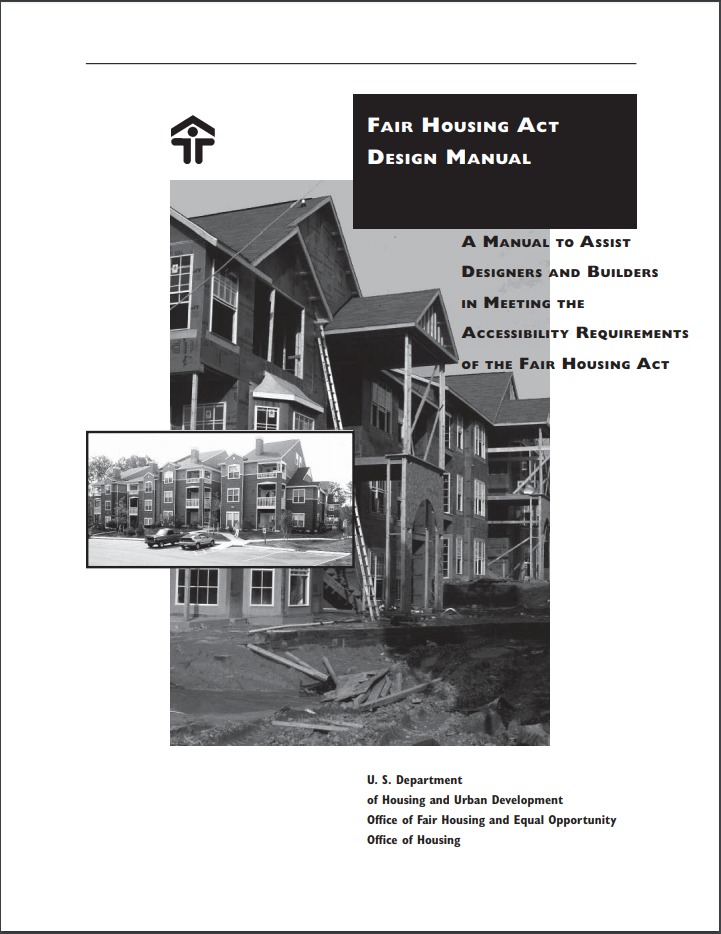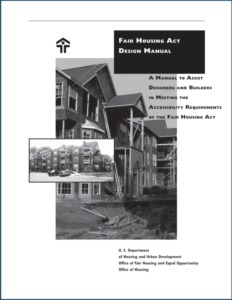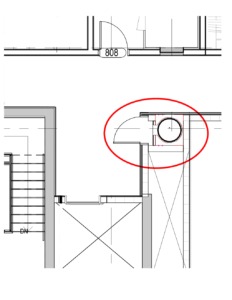- May 19, 2023
- 0 Comments
- In Accessible Design and Construction
- By Peter Stratton
Our accessibility consultants work with design and construction teams to ensure that facilities are compliant with the architectural accessibility requirements of applicable laws and codes. But once the building is operational, and management and maintenance is turned over to an entity not involved in the design and construction process, unintentional violations of accessibility requirements often crop up post occupancy.
It’s not uncommon for litigation to result from observations of violations made by testers that are caused by unknowing operations and maintenance staff.
Once a facility is complaint with accessible design and construction requirements, it must remain so for its life, so it’s important for everyone to understand how to maintain compliance.
Here are some of the more common violations of accessibility requirements that occur post occupancy: (more…)


 Compliance with the accessible design and construction requirements of the Fair Housing Act (FHA), a federal civil rights law, has significantly improved since the early 1990s when the regulations were promulgated. Unfortunately, a quick search of recent news articles will reveal that noncompliance with basic FHA requirements continues to be a problem in newly constructed multifamily projects nationwide. Owners, developers, architects, and others are still cited for noncompliance with the FHA’s seven design and construction requirements even though it has been more than 30 years since those requirements went into effect.
Compliance with the accessible design and construction requirements of the Fair Housing Act (FHA), a federal civil rights law, has significantly improved since the early 1990s when the regulations were promulgated. Unfortunately, a quick search of recent news articles will reveal that noncompliance with basic FHA requirements continues to be a problem in newly constructed multifamily projects nationwide. Owners, developers, architects, and others are still cited for noncompliance with the FHA’s seven design and construction requirements even though it has been more than 30 years since those requirements went into effect. The image on the left depicts a trash chute closet (circled in red) in a
The image on the left depicts a trash chute closet (circled in red) in a